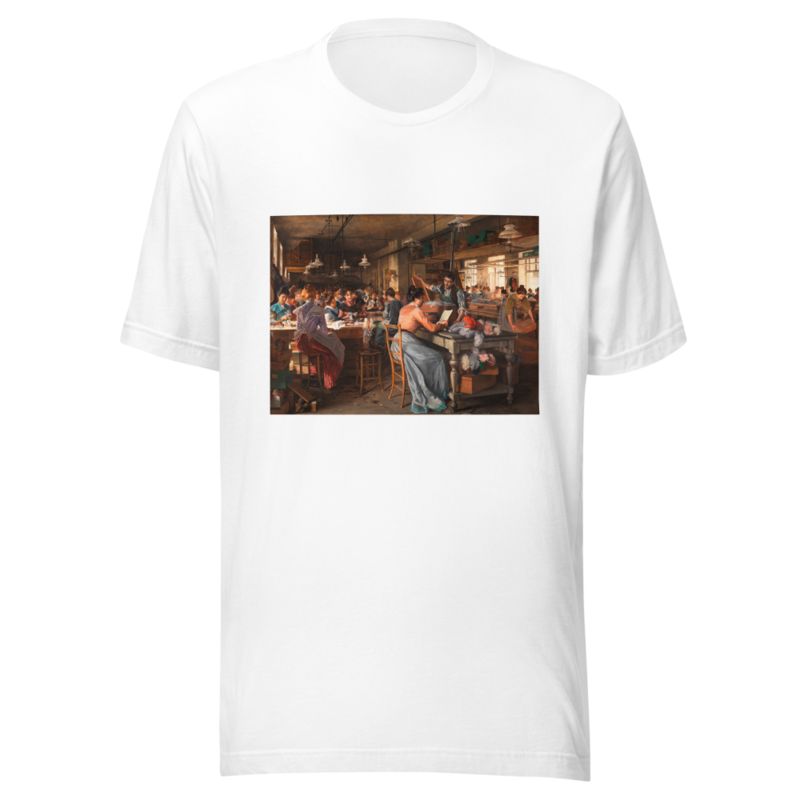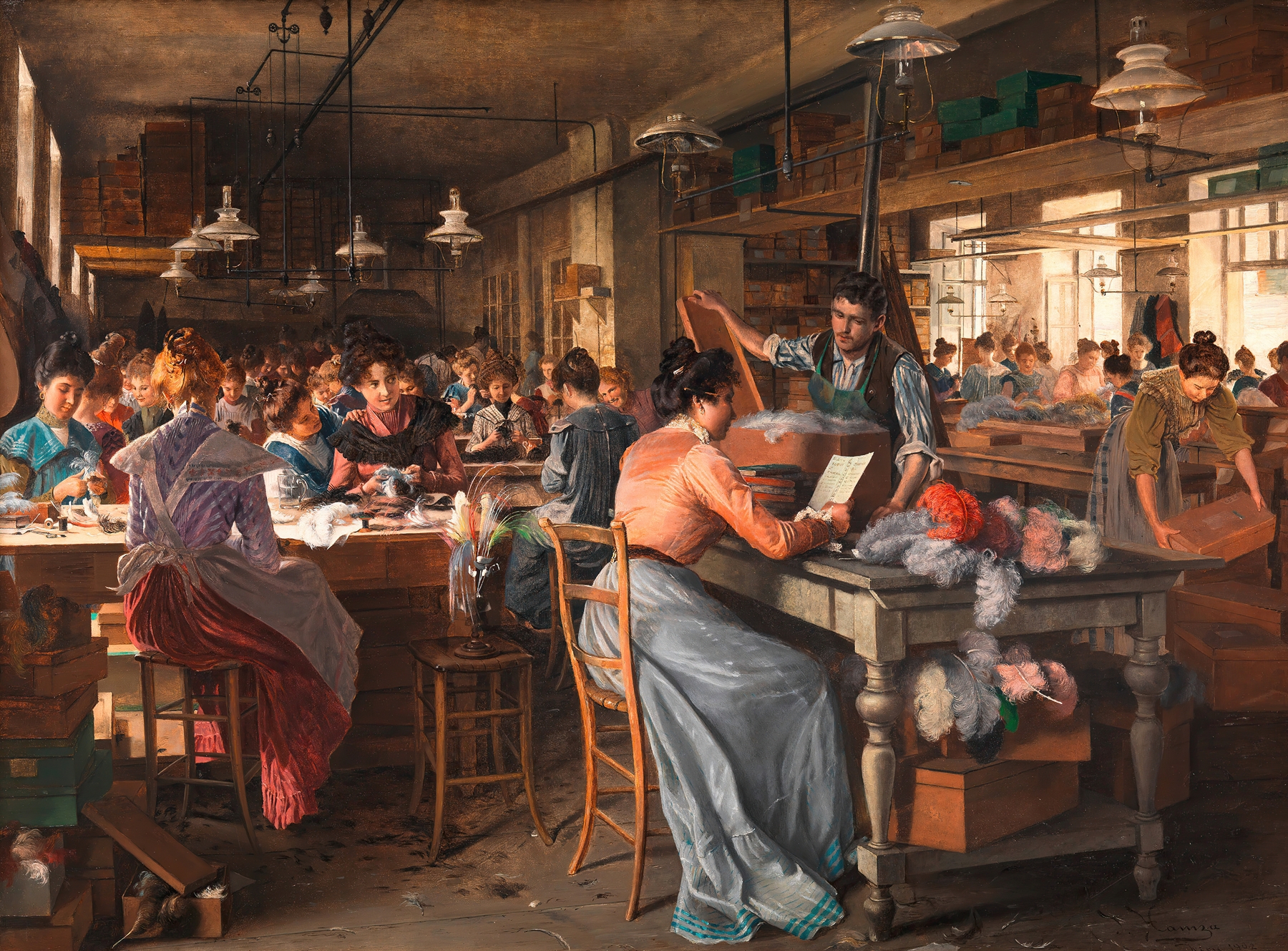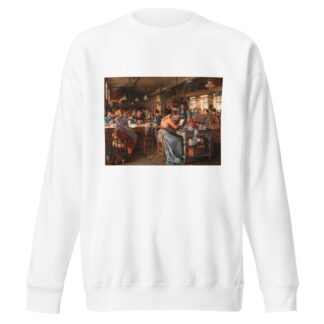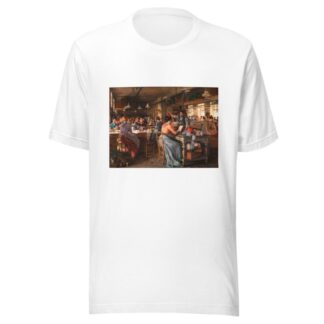Description
Federnschmuckfabrik by Johann Hamza printed on a T-Shirt
About the T-Shirt
Regular fit
Standard length, the fabric easily gives into movement
Casual wear
A classic, everyday option loved by our customers
Side-seamed
Constructed by sewing two parts together, creating a fitted look
The Unisex Staple T-Shirt feels soft and light with just the right amount of stretch. It’s comfortable and flattering for all. We can’t compliment this shirt enough–it’s one of our crowd favorites, and it’s sure to be your next favorite too!
- Solid colors are 100% Airlume combed and ring-spun cotton
- Ash color is 99% combed and ring-spun cotton, 1% polyester
- Heather colors are 52% combed and ring-spun cotton, 48% polyester
- Athletic and Black Heather are 90% combed and ring-spun cotton, 10% polyester
- Heather Prism colors are 99% combed and ring-spun cotton, 1% polyester
- Fabric weight: 4.2 oz./yd.² (142 g/m²)
- Pre-shrunk fabric
- 30 singles
- Side-seamed construction
- Tear-away label
- Shoulder-to-shoulder taping
- Blank product sourced from Nicaragua, Mexico, Honduras, or the US
Johann Hamza (1850 – 1927)
Johann Hamza was born in Teltsch (Telc) in what was part of the Austria-Hungarian Europe and is now the Czech Republic. He settled in Vienna, the capital of the Empire studying at the Academy under the Professor Eduard von Engerth (1818-1897). Engerth was a well-travelled artist of historical and architectural subjects and portraits. He had himself studied at the Vienna Academy and before being appointed Professor had held the same position in Prague.
Hamza following his studies in Vienna established himself as a painter of figurative genre, narrative works depicting the social life of the wealthy bourgeoisie of Vienna. Many of his works portray weddings and baptisms set in the richly decorated Rococo interiors of churches in Vienna, or social gatherings in the grand Viennese town houses. Such works were popular throughout the Empire, Germany and the United States with collectors from Munich to Hamburg and New York. Hamza exhibited in Vienne, Dresden and Munich from 1879-1890 and achieved great success and renown.
Hamza died in Vienna in 1927.






Reviews
There are no reviews yet.